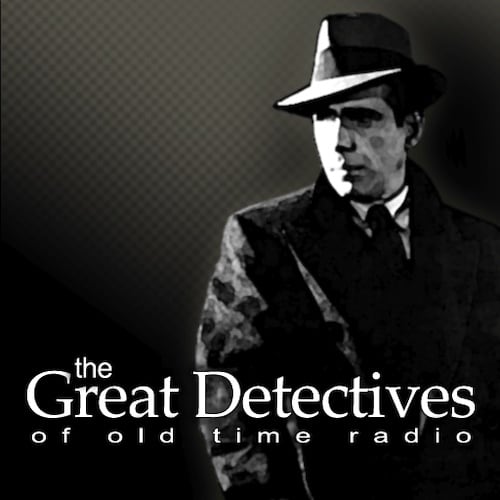In 1941’s I Wake Up Screaming (also known by the title Hot Spot), a waitress-turned-rising star (Carole Landis) is murdered just before she was set to travel from New York to Hollywood to begin a film career. She had used at least four men to get where she wanted to go but the suspicions of the man in charge of the case, police detective Ed Cornell (Laird Cregar), fall on Frankie Christopher (Victor Mature), a sports and entertainment promoter who’d plucked her from obscurity but had been left high and dry by her latest career move. Betty Grable stars as the dead woman’s sister, who knows more than she lets on.
I Wake Up Screaming is a must-see for fans of classic film noir, with a moody atmosphere backed up by its clever lighting and blocking. The mystery is engaging and is a cut above typical plots. There are many suspects and secrets that make it hard to know who we’re even supposed to be rooting for, let alone who did it.
The cast is outstanding. Grable was a top performer known for musical comedy roles, stretching herself into film noir and turning in a believable and relatable performance. Mature was at the beginning of a long-successful career as a leading man. Landis was perfect as the woman on the make. The supporting cast is great, with Elisha Cook, Jr. (best known for playing Wilmer in The Maltese Falcon, which was released the same month as I Wake Up Screaming) playing the desk clerk alongside such reliable supporting players as Alan Mowbray, Allyn Joslyn, and William Gargan.
Yet, what makes this film stand out from the pack is Laird Cregar’s performance as Ed Cornell. Cregar was only 28 when the film was made but is absolutely believable as a veteran cop who always gets his man. Yet, he’s hardly a comforting figure. In fact, the murdered woman’s sister identifies Cornell as a man whom she’d seen looking at her sister from outside the restaurant window back when she was a waitress, something that Cornell shrugs off, and is easily dismissed, as he had an airtight alibi and claimed that he just liked to keep an eye on what was going on in the area where he lived. Cornell is also unshakable in his declaration that Frankie Christopher committed the murder which makes you wonder if he did it. At the same time, you wonder if his judgment is clouded somehow. More than anything else, even though he represents the law, there’s something sinister about him. The movie gives Cornell an ability to show up out of nowhere that would make Batman envious. There’s also an underlying sadism about the character that’s unnerving. In one particularly chilling scene, Cornell gets Christopher to give him a ride home and passes the time in the car cheerfully talking about Christopher’s inevitable execution.
Cregar’s performance is mesmerizing, and one for the ages. It’s Oscar-worthy, although the competition for the Best Supporting Actor Academy Award that year was tough. Sydney Greenstreet got nominated for his iconic role as Kasper Gutman and lost.
It’s worth noting that both Kregar and Landis’s careers and lives were tragically cut short, so seeing them in the same film is both a treat and adds some poignancy to the viewing experience.
The film has a few weak points. As the ostensible male lead, Victor Mature is merely competent, but he doesn’t have to be any better than that, with the script and the supporting cast he’s given. While Landis and Grable turn in good performances, their level of glamour does require a bit of suspension of disbelief to buy into them as “just ordinary working girls.” But this wasn’t sort of portrayal wasn’t uncommon for the time.
It should be noted that the DVD includes some decent extras, including a deleted scene that has Grable singing, which reflects a previous version of the script that had Grable working as a song plugger – a person working in a department or music store singing songs to demonstrate to customers interested in purchasing sheet music. The scene would have been so discordant in the final cut. As a preserved deleted scene, it’s an interesting curiosity featuring Grable singing and also highlighting a forgotten way that people make a living.
All in all, I Wake Up Screaming is an underrated classic of the noir genre and a must-see for Laird Cregar’s performance alone.
Rating: 4.75 out of 5
This post contains affiliate links, which means that items purchased from these links may result in a commission being paid to the author of this post at no extra cost to the purchaser.

